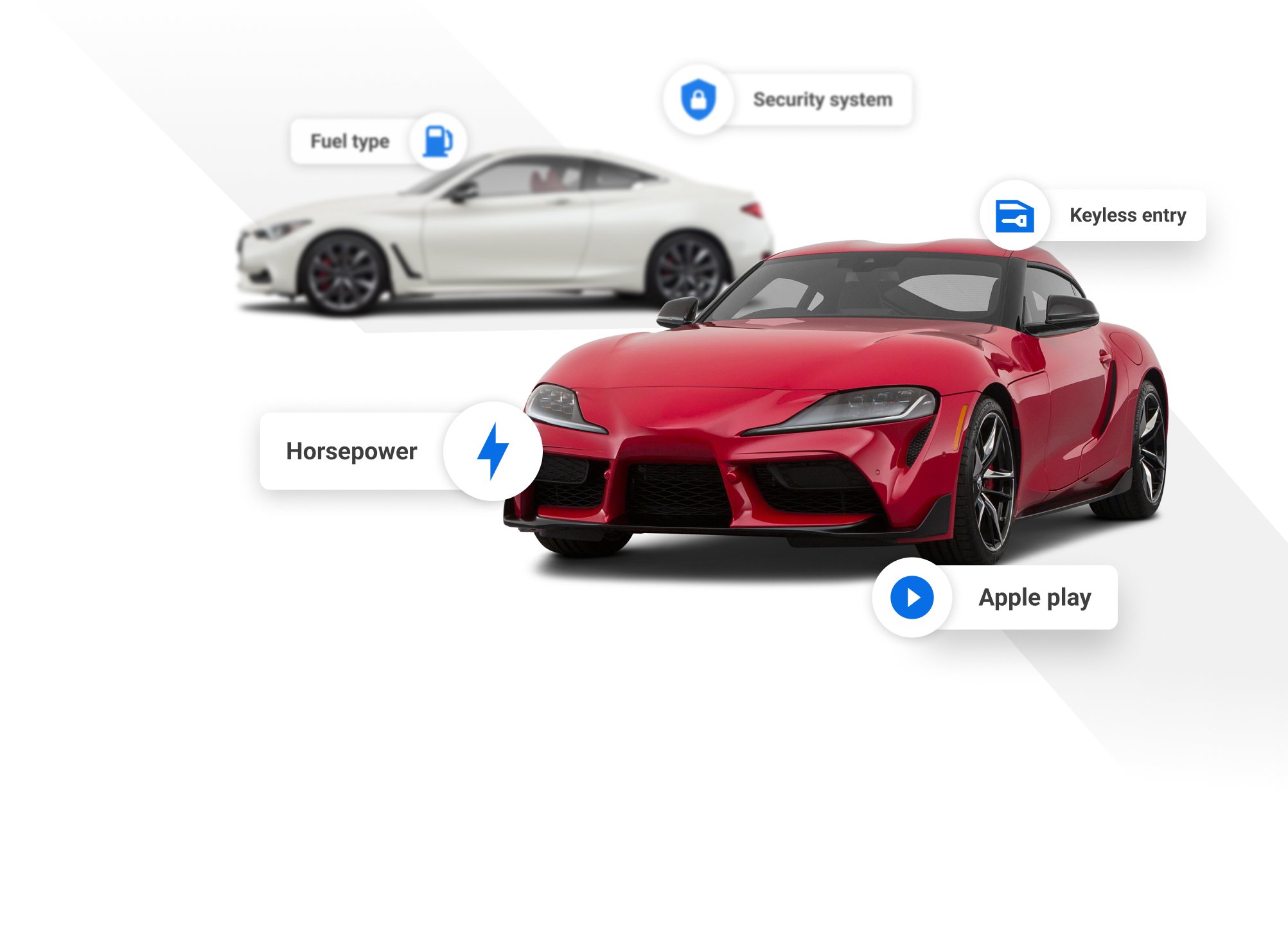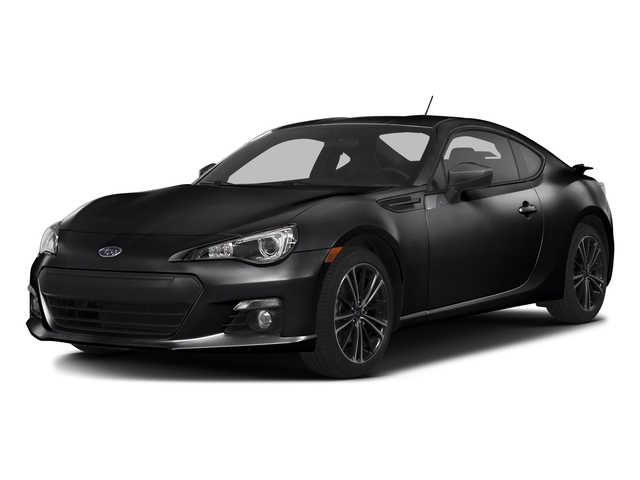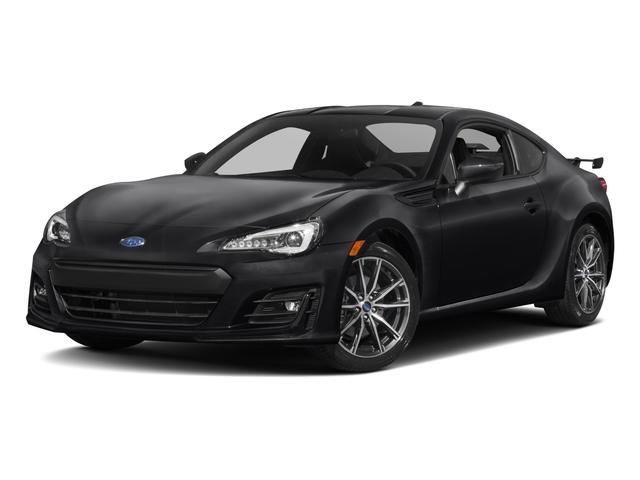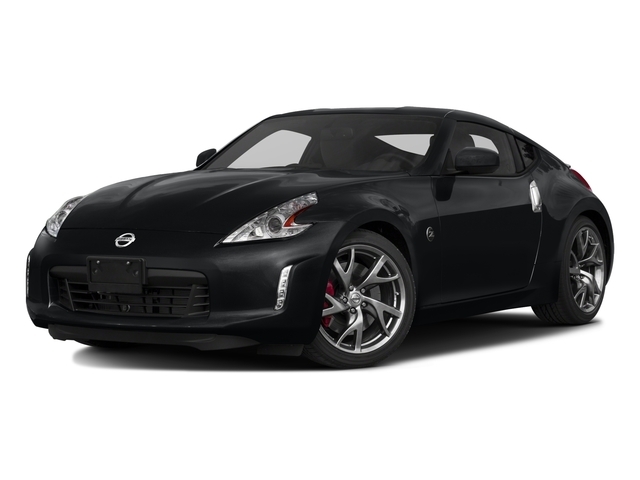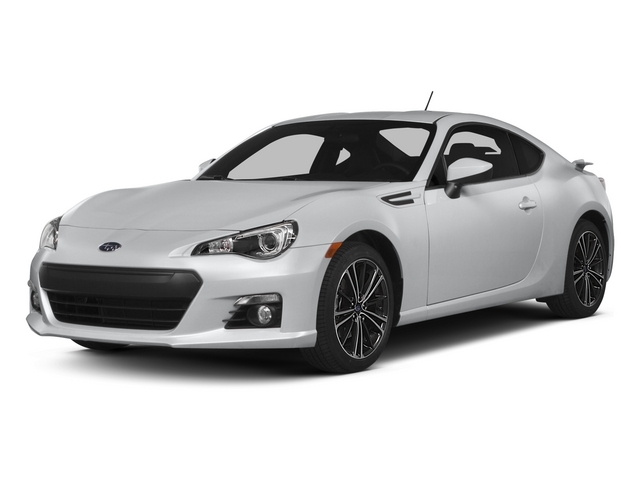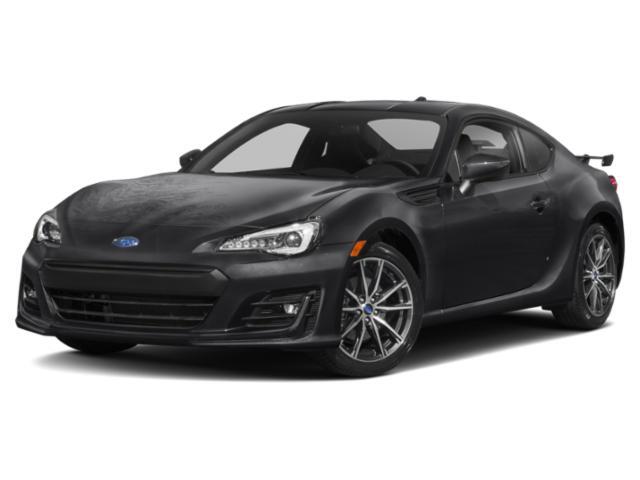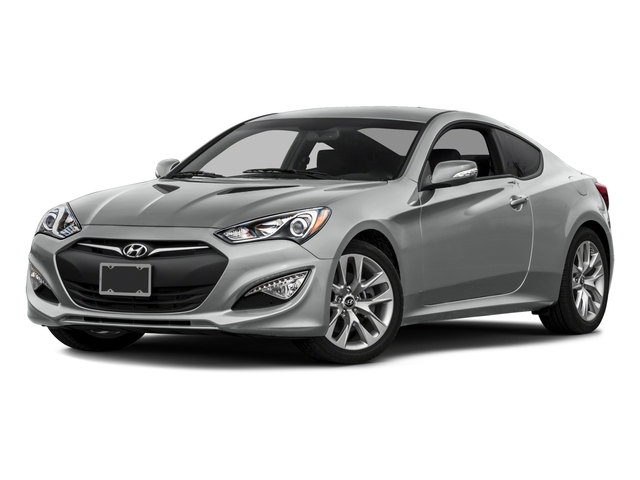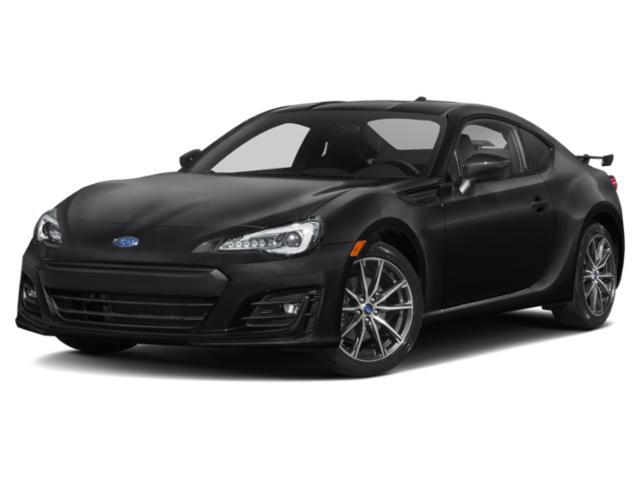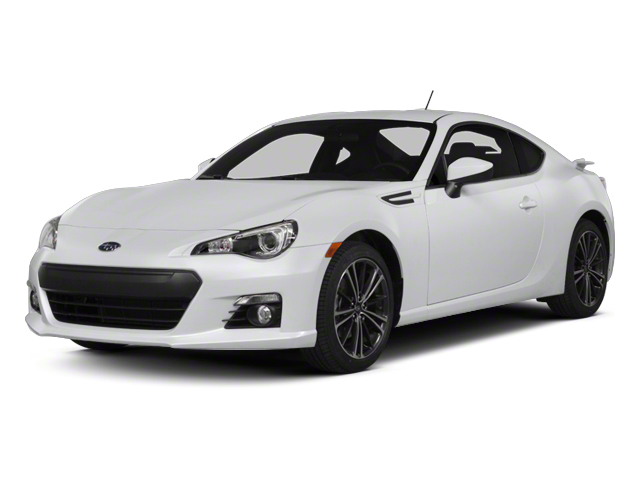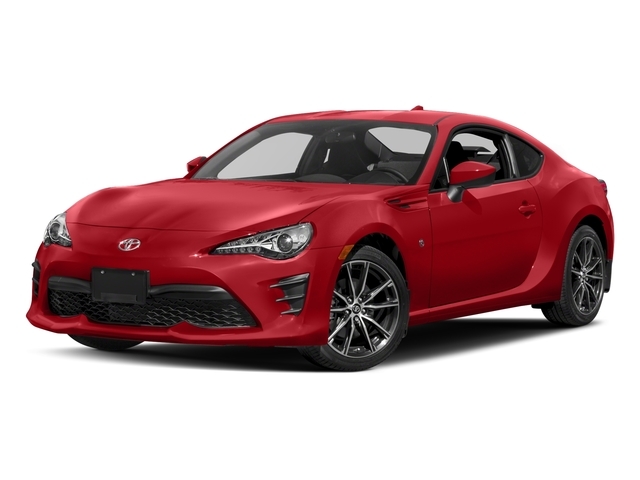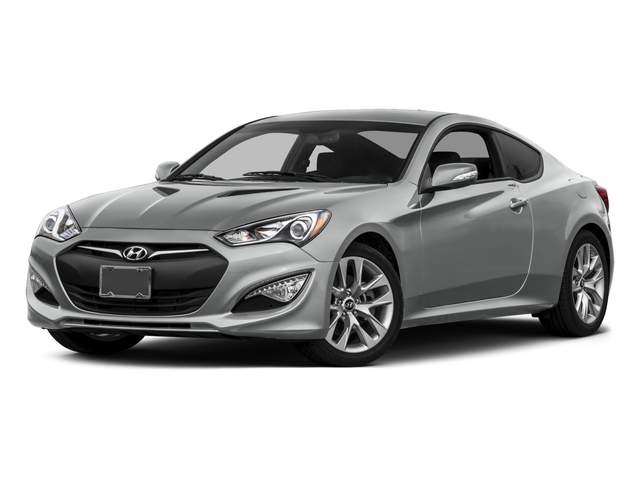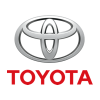
2017 Toyota 86


Key Specifications for 2017 Toyota 86






Buyer’s Guide
With the demise of the Scion brand, the sporty rear-wheel-drive FR-S coupe has migrated to the Toyota brand. As a part of the change, it carries a new name: 86, a reference to the vehicle that inspired it, the rear-drive AE86 Corolla.
Developed in conjunction with Subaru, the Toyota 86 is one of the last remaining affordable sports coupes on the market. Designed specifically to appeal to driving enthusiasts, the 86 puts a priority on driving fun over all-out thrills. A balanced chassis, reactive steering, standard limited-slip differential, and low-grip tires make it a hoot to drive, even at reasonable speeds.
To ring in the name change, the 86 receives a modest update inside and out. New front and rear styling further accentuate the car's traditional sports car style. The headlamps are improved with LED main beams and turn signals, plus a new fog lamp design. New front and rear bumpers give the car a sleeker look, too. Topping it all off are new LED tail lights, and new 17-inch alloy wheels.
Inside, the 86 receives a slightly enhanced interior. While the Scion FR-S was pitched as the budget version of the BRZ, the 86 gets nicer interior materials for the dashboard and door trims, plus new seat upholstery. A new three-spoke steering wheel design now features steering wheel controls. The 86 receives a 6.1-inch touchscreen infotainment system with USB, Bluetooth, and a reverse camera system as standard. While the 86 may look like a fastback coupe, it does not have a rear liftgate. Rear quarters of this 2+2 are tight; the back seat is best reserved for kids.
Under the hood, the 86 receives a lightly overhauled version of the 2.0-litre boxer four-cylinder engine featured in the FR-S. New tuning allows for 205 hp and 158 lb-ft of torque, but this only applies to cars equipped with the six-speed manual transmission. Automatic 86s do without the engine upgrades and generate 200 horsepower and 151 lb-ft of torque. With D4-S direct and port fuel injection, and a relatively light curb weight of only 1,252 kg for the manual model, the 86 offers good fuel efficiency. Manual versions are rated at 11.3 L/100 km city and 8.3 highway; automatic models consume 9.9 city and 7.3 highway.
Beyond the powertrain tweaks, 86s receive re-tuned suspension damping, while manual cars also receive a different differential gear ratio for improved acceleration. Both automatic and manual cars now receive hill start assist.
With the added equipment and design changes, Toyota charges $29,590 for the 86, up from last year's asking price of $27,490 for the Scion FR-S. Buyers considering the 86 should note that the BRZ, with similar styling and mechanical updates, now sells for $27,995.
Review & Compare:
Photos

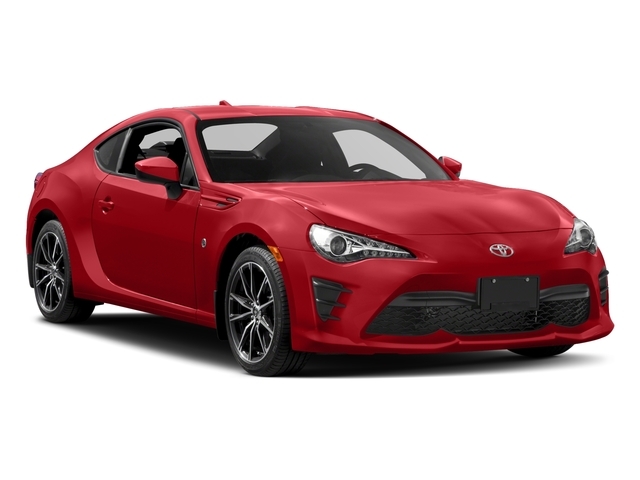
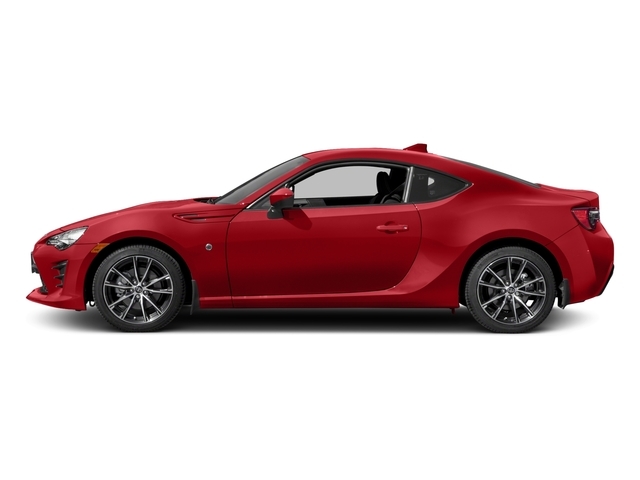

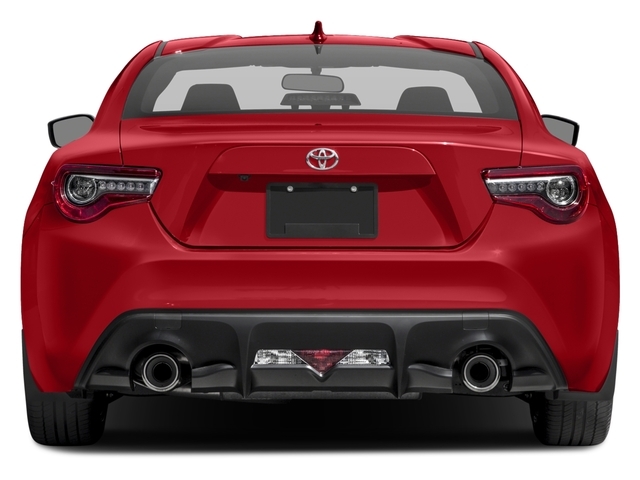
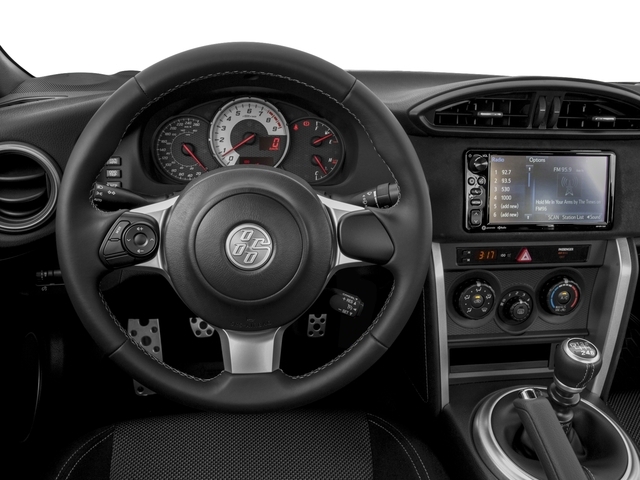
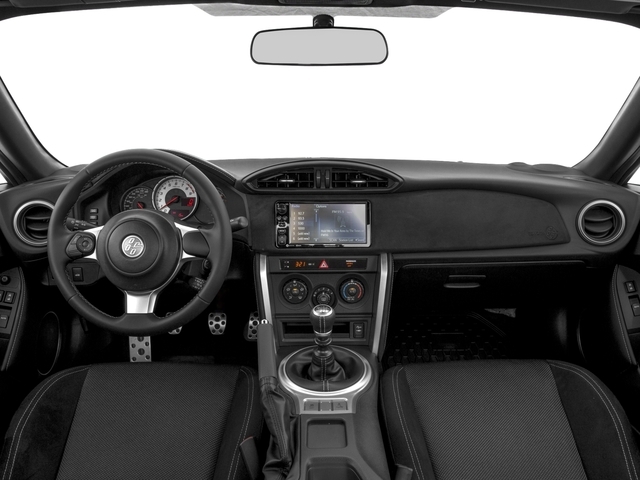
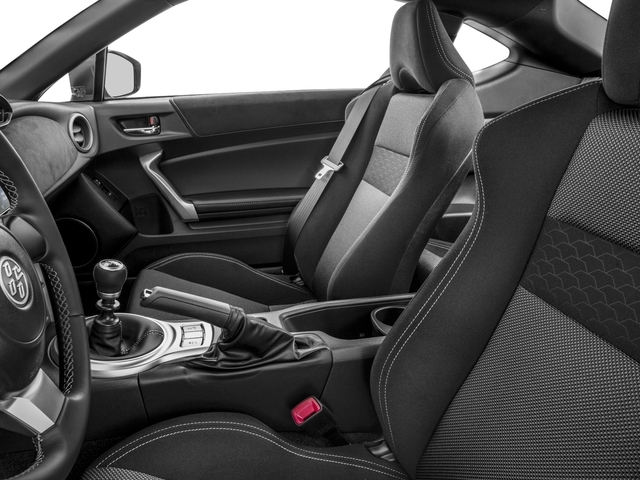
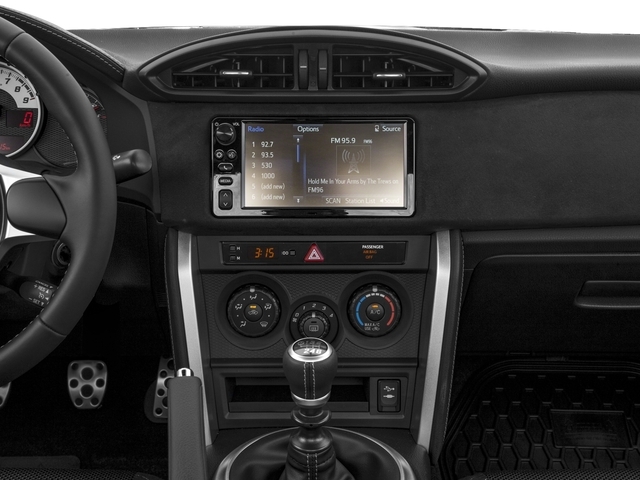
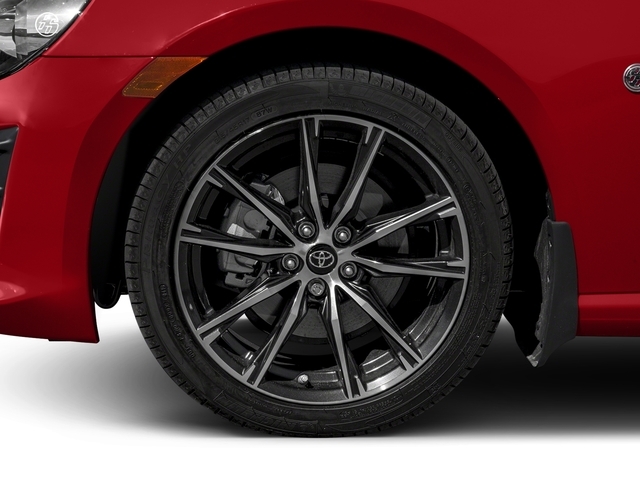

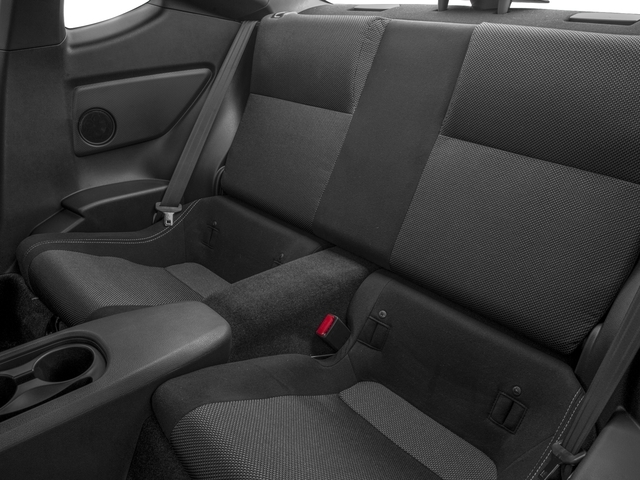
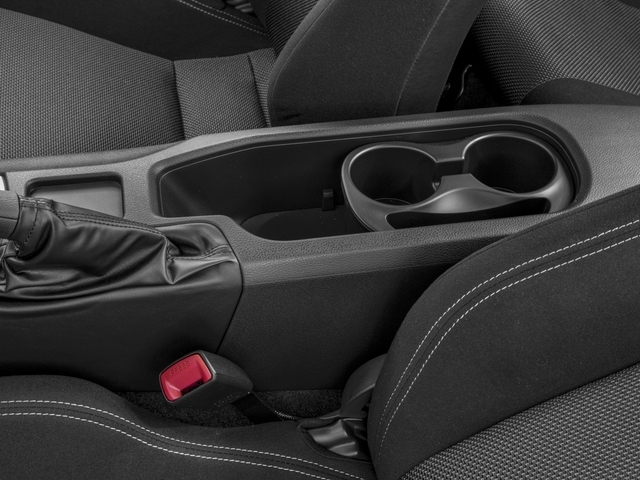
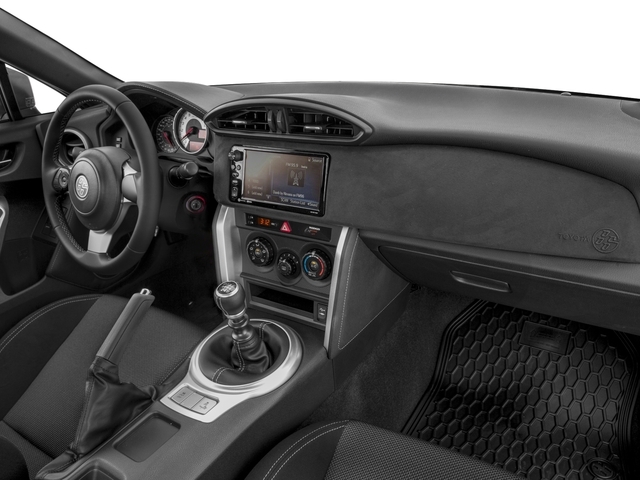
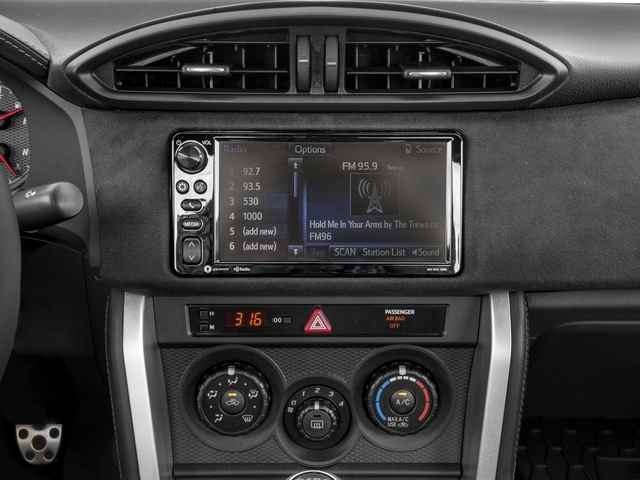















AutoTrader Review





